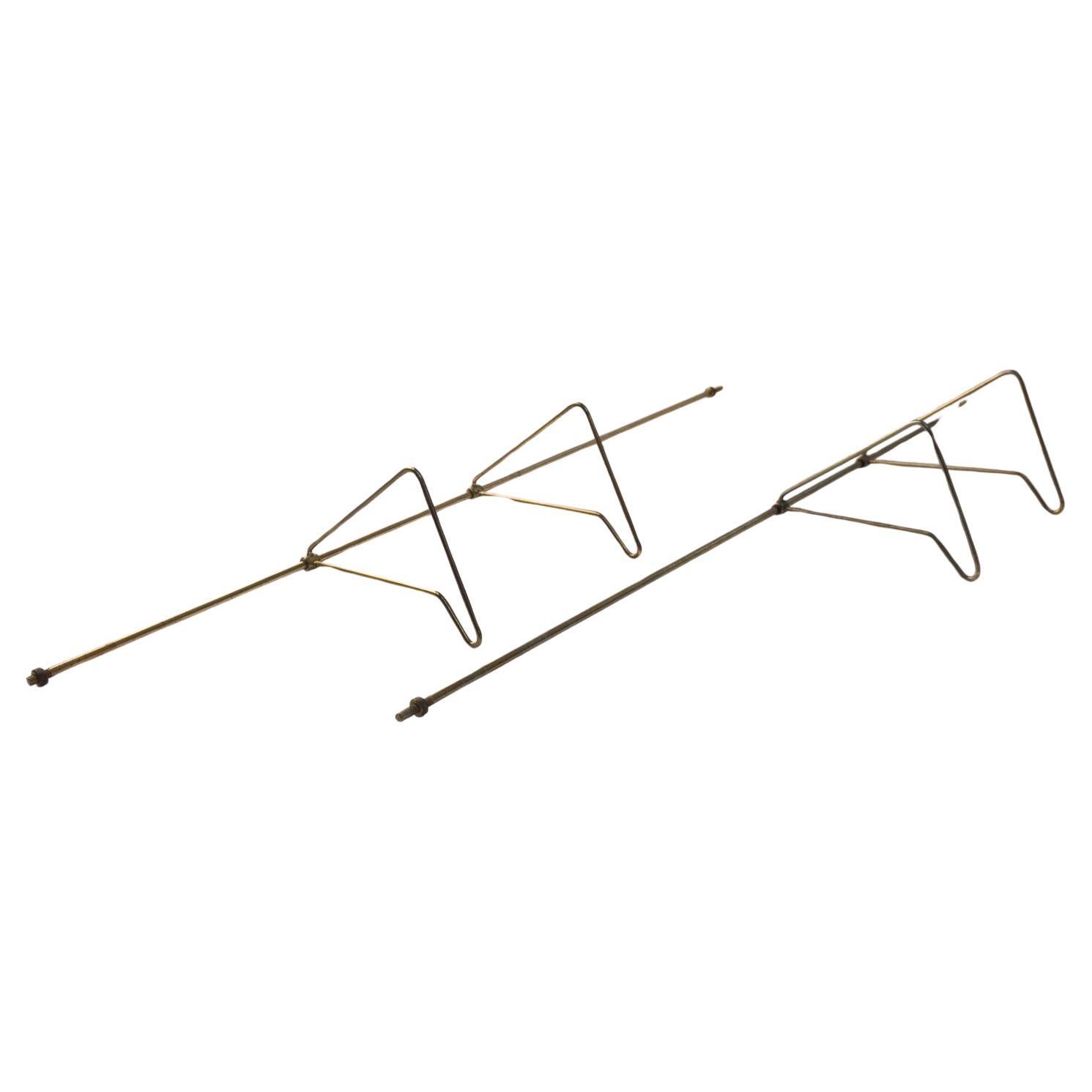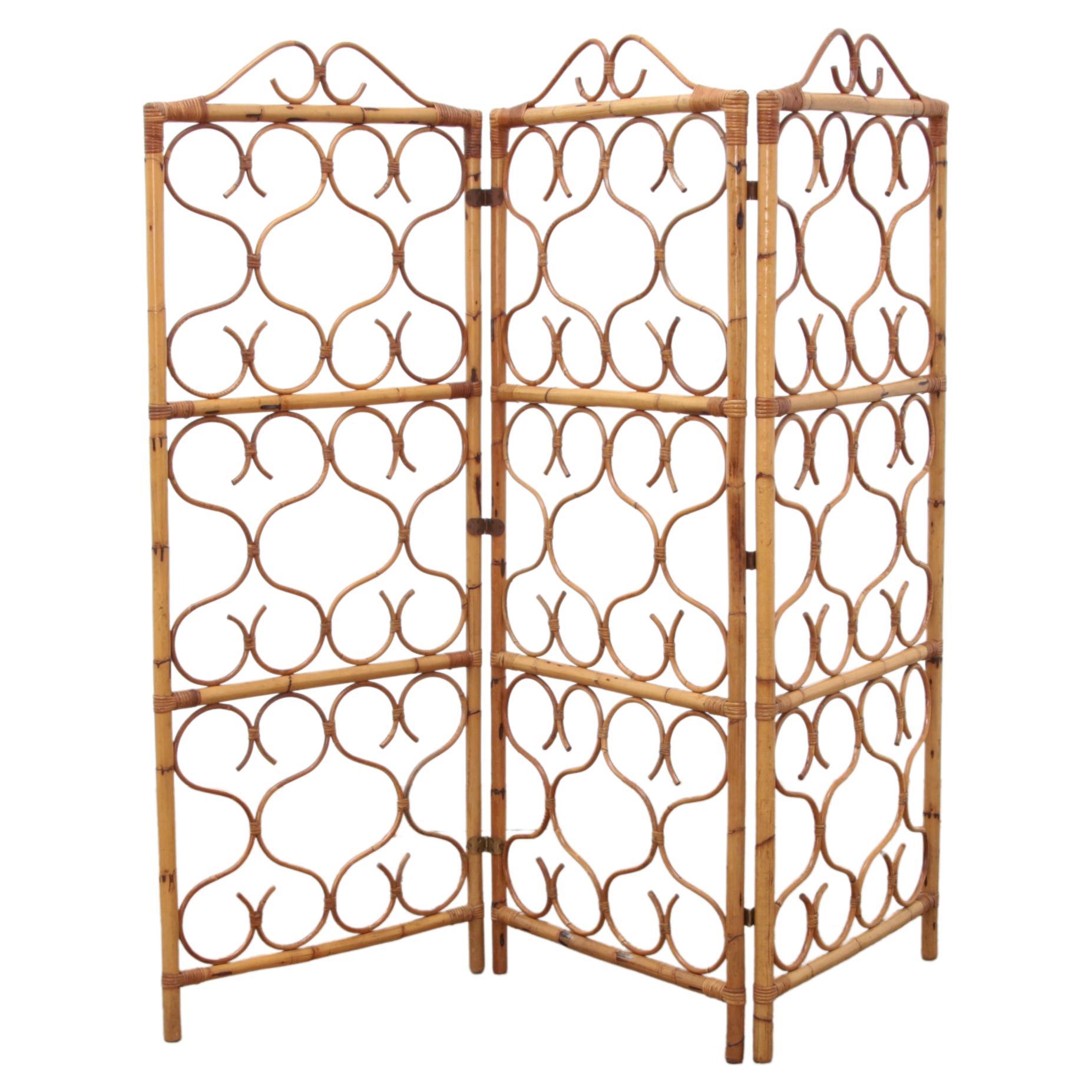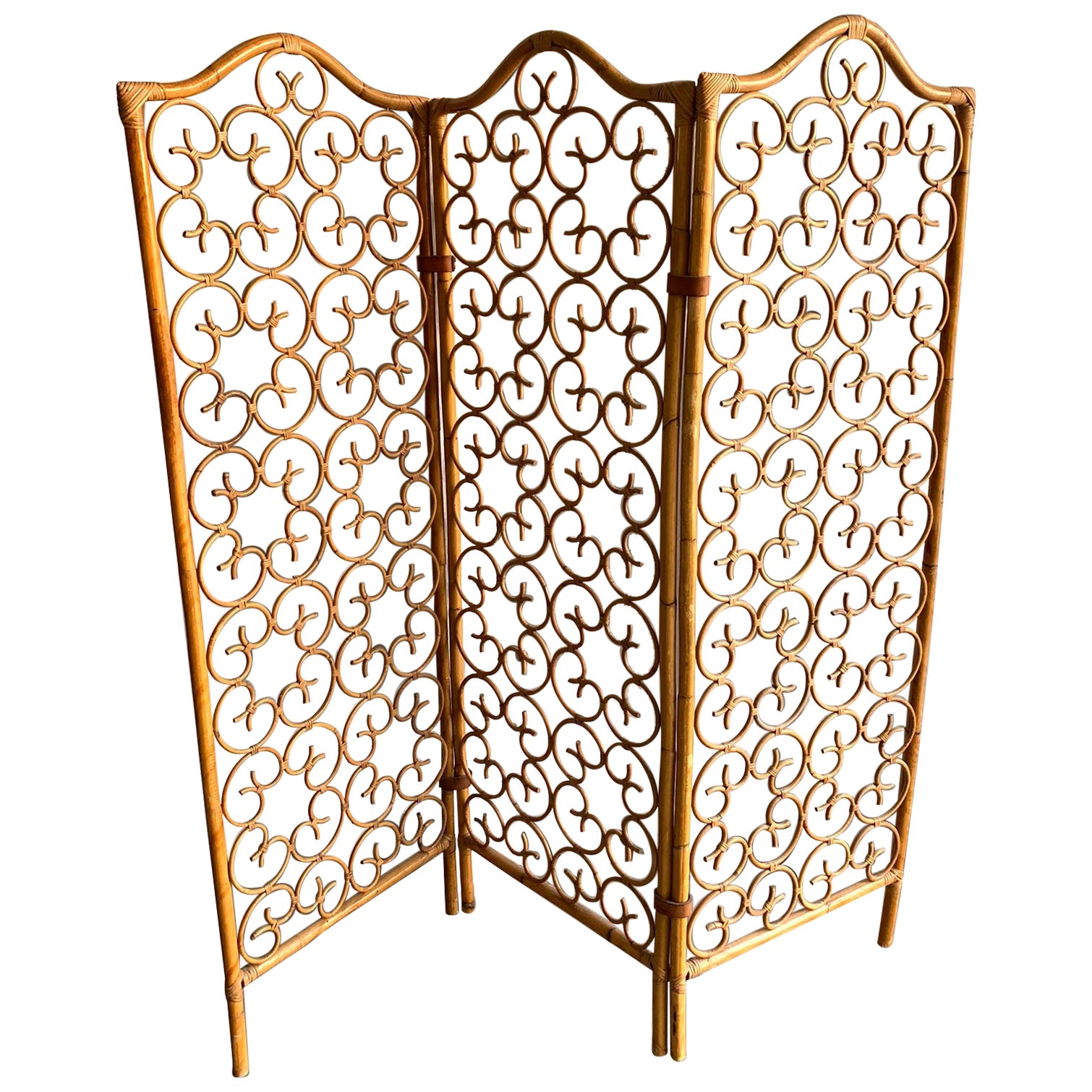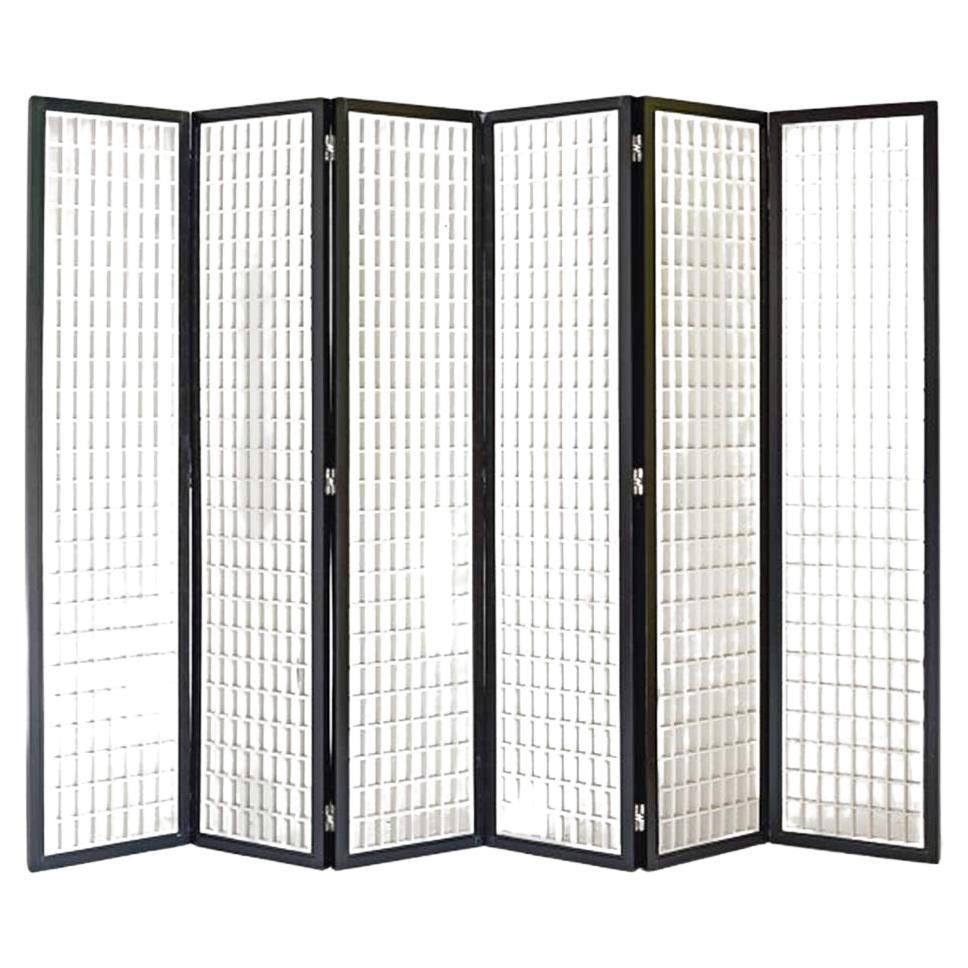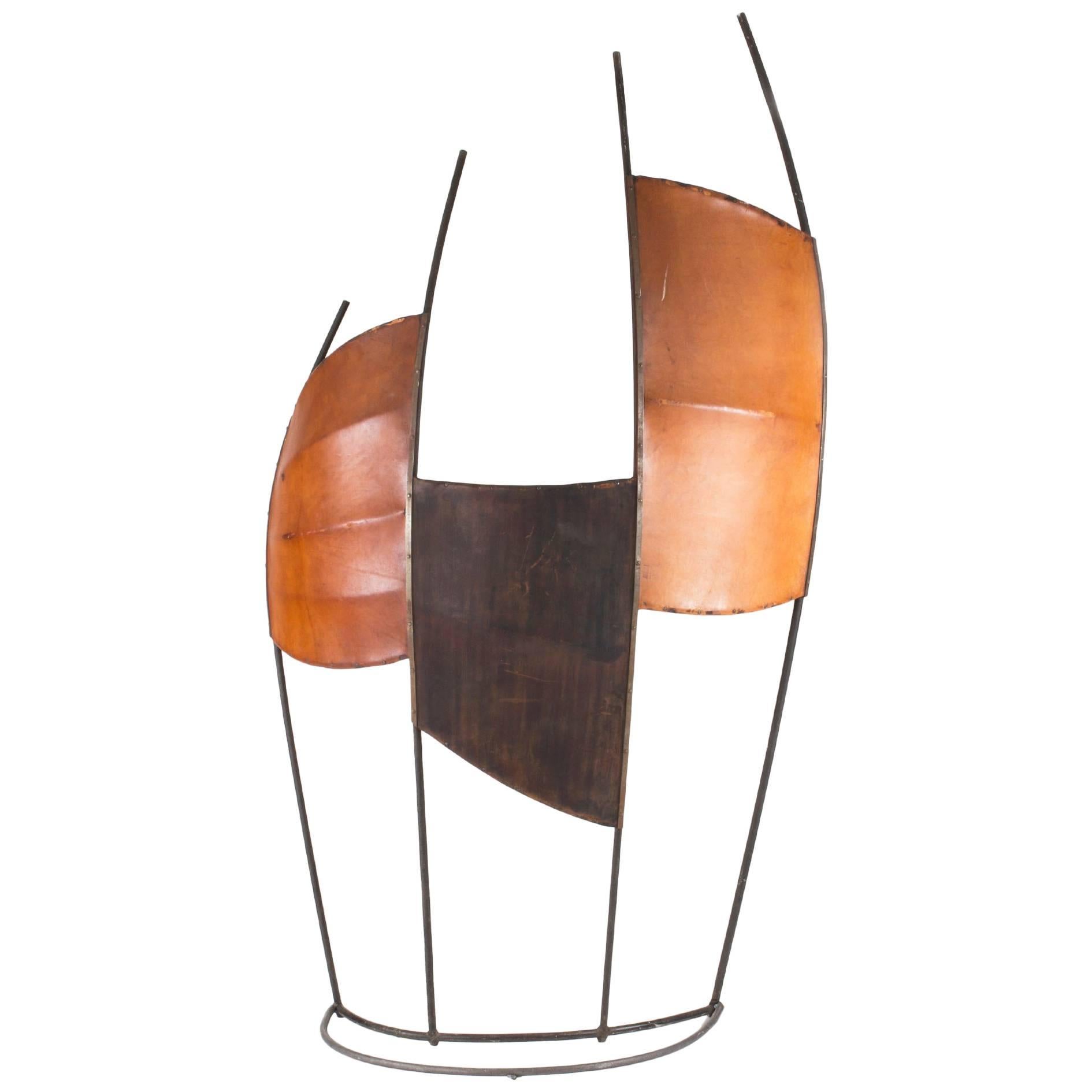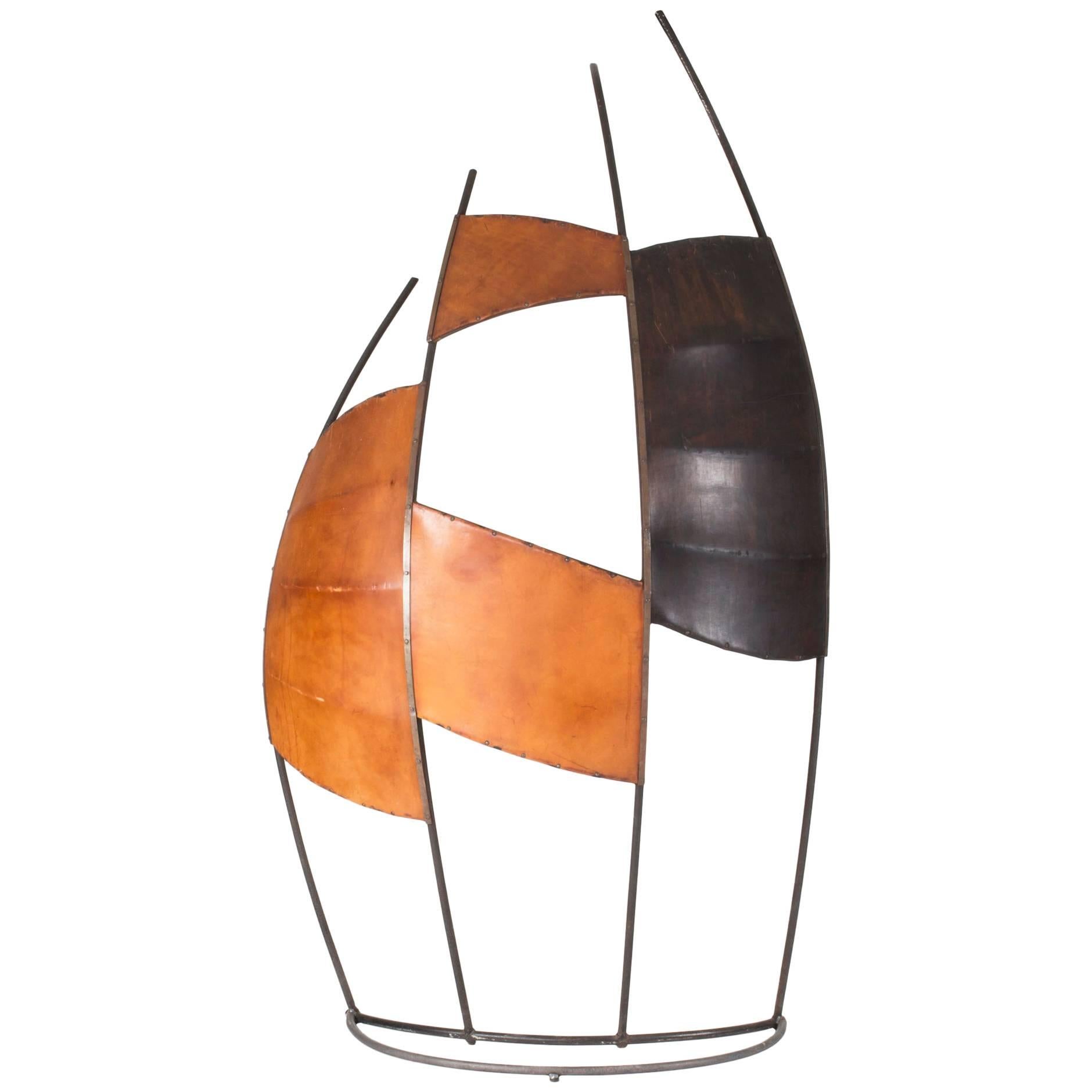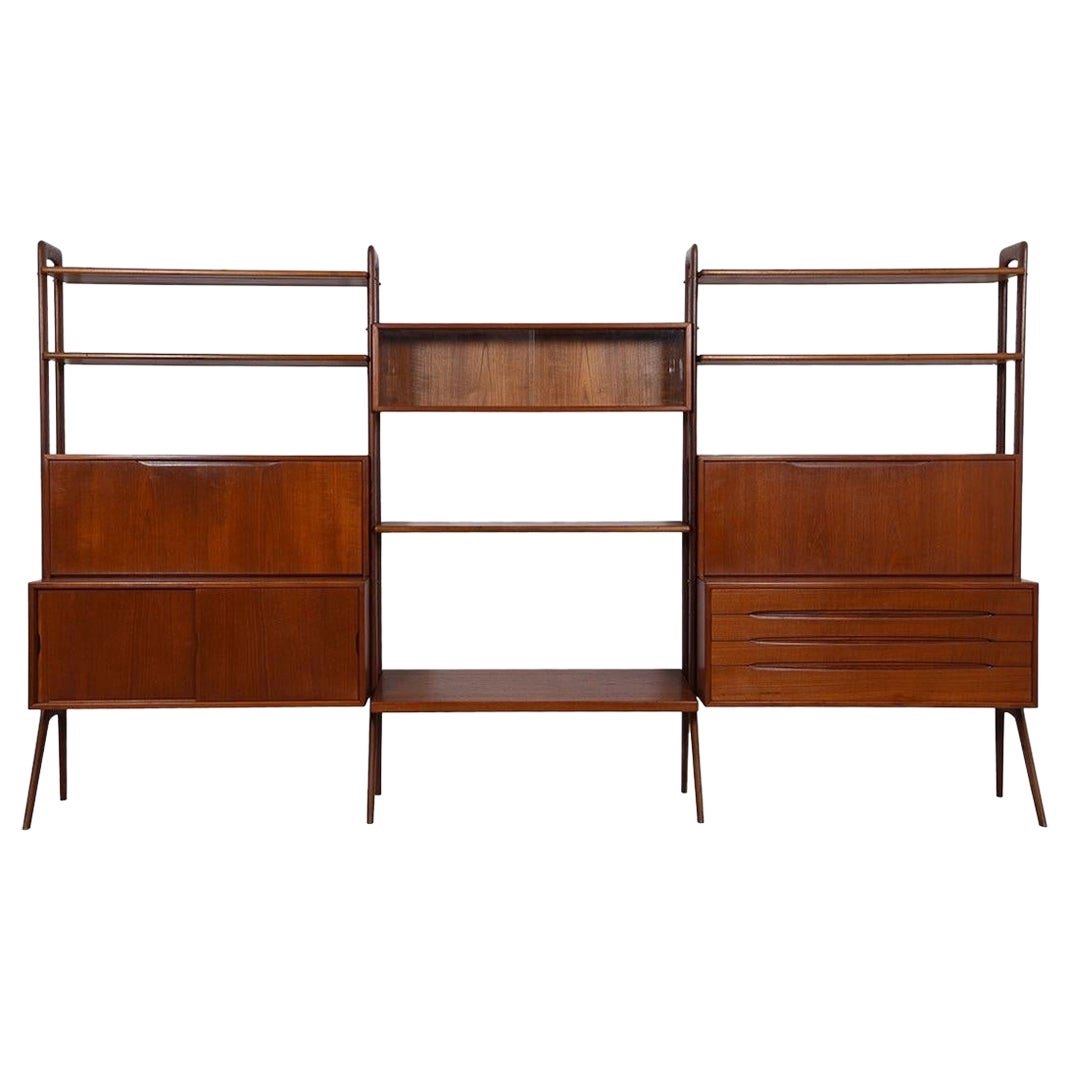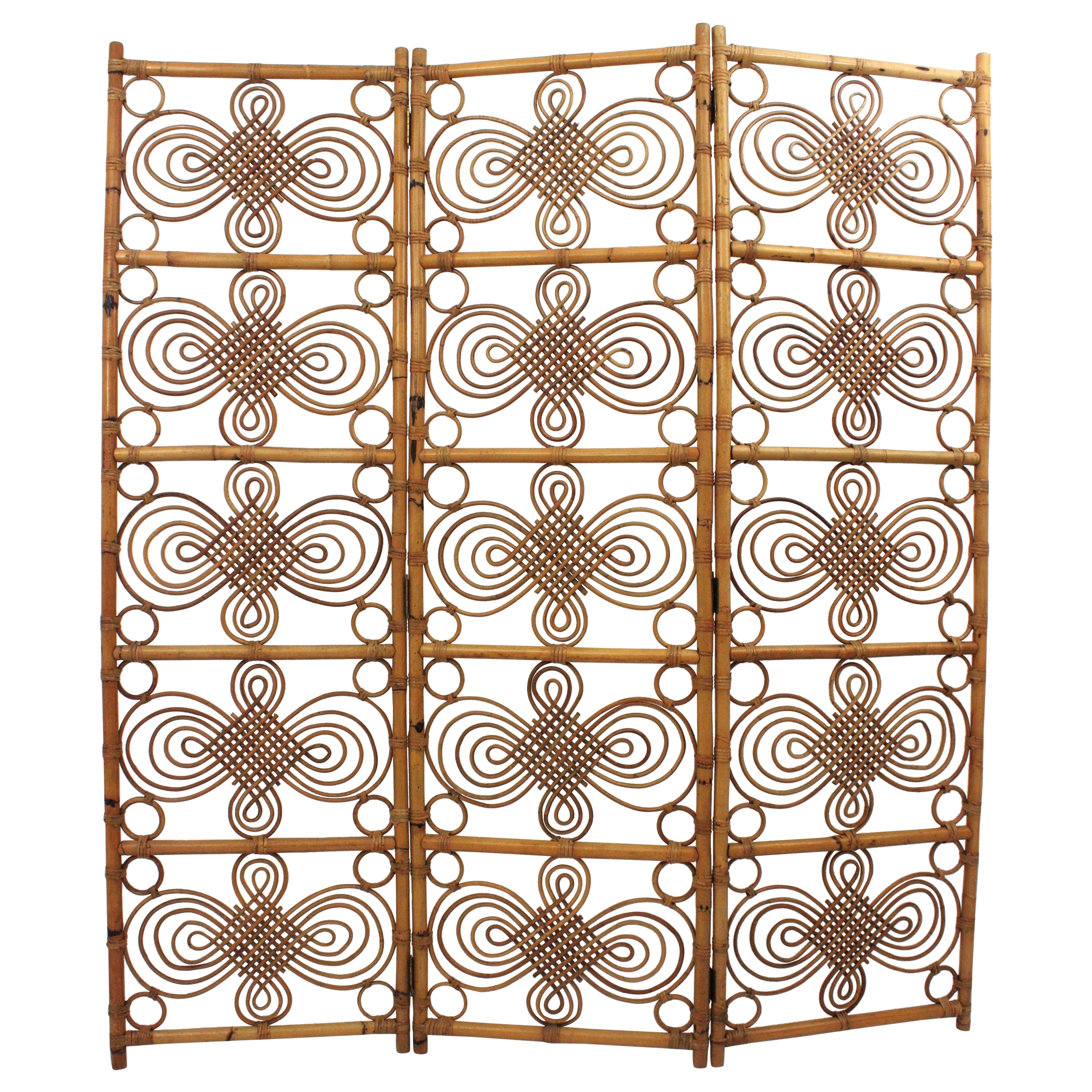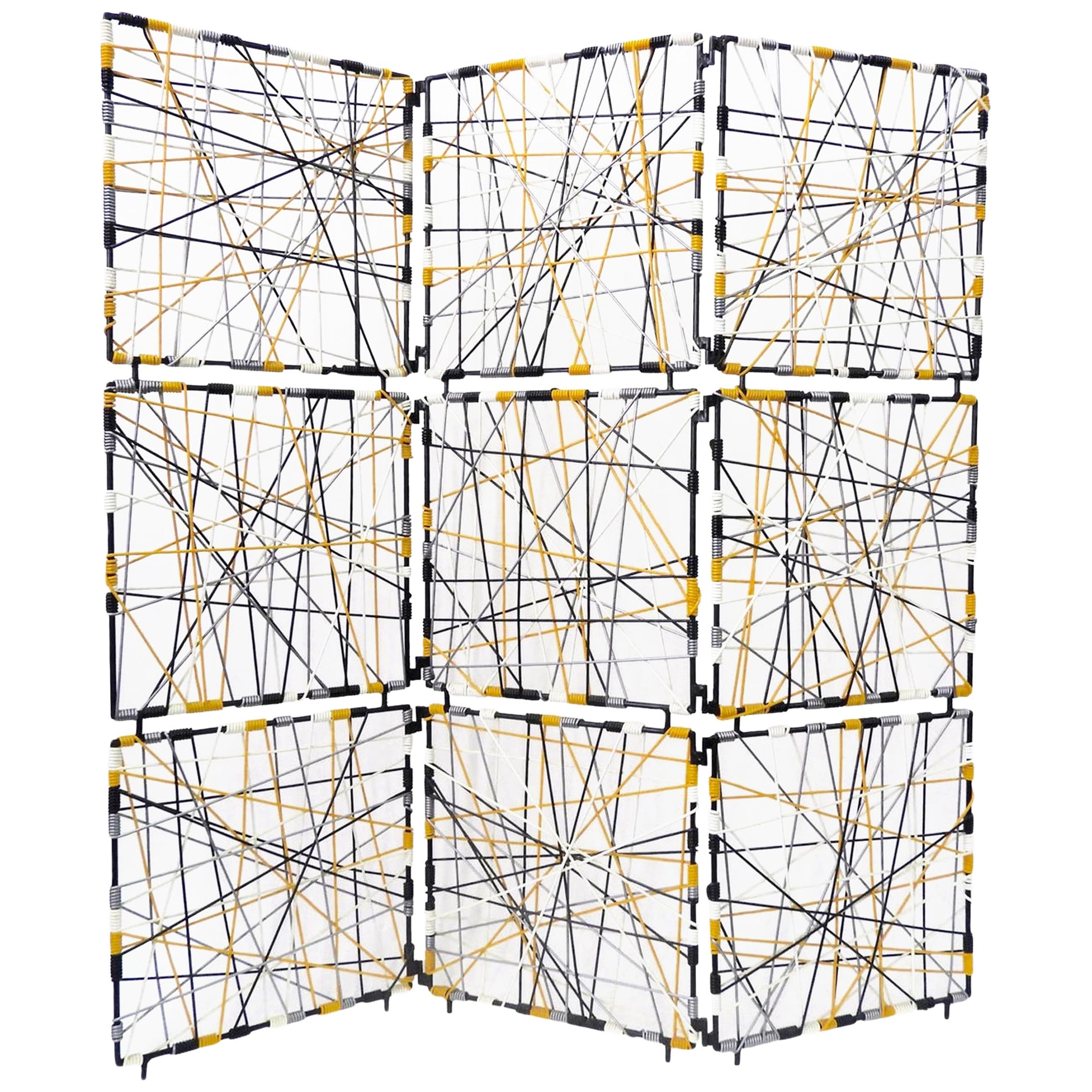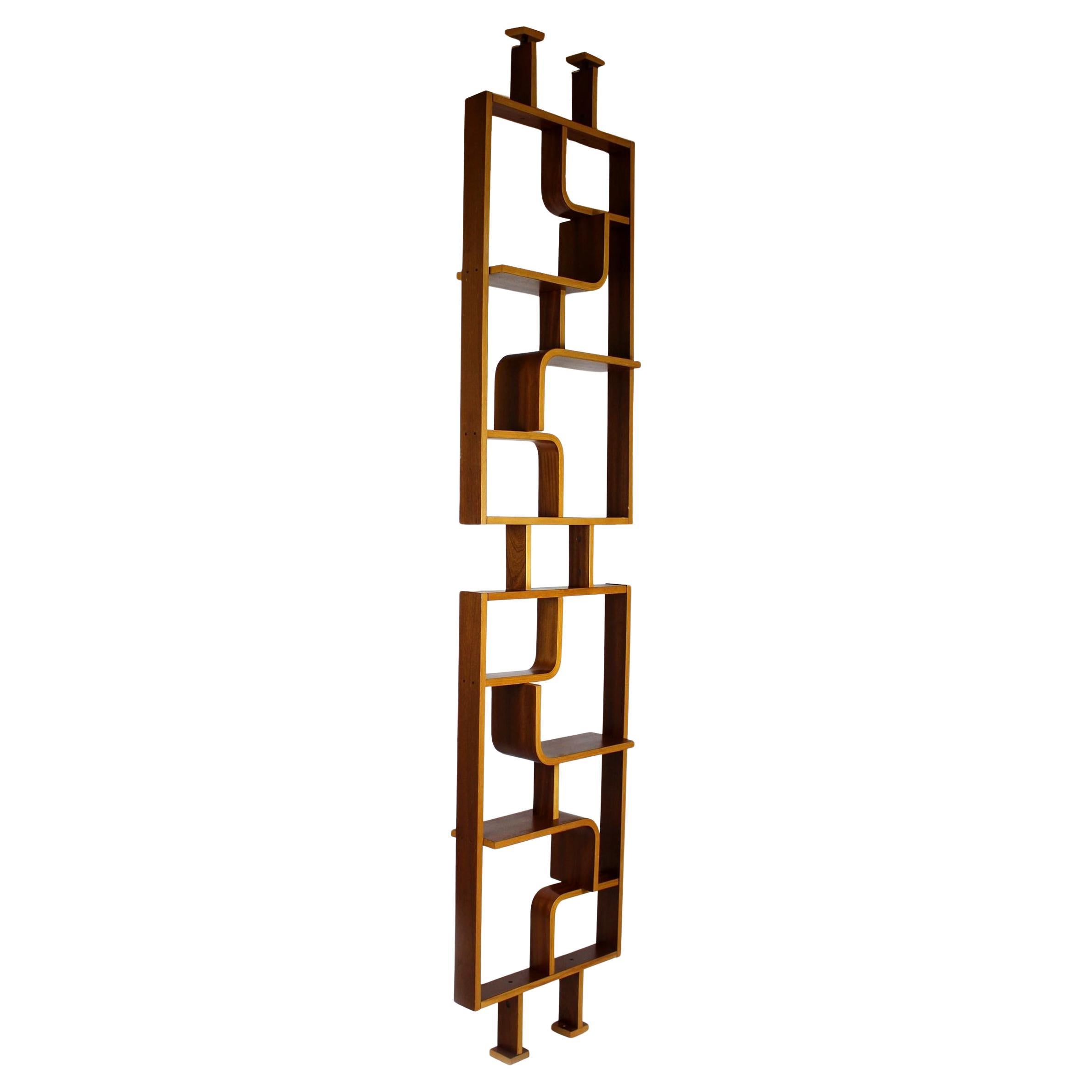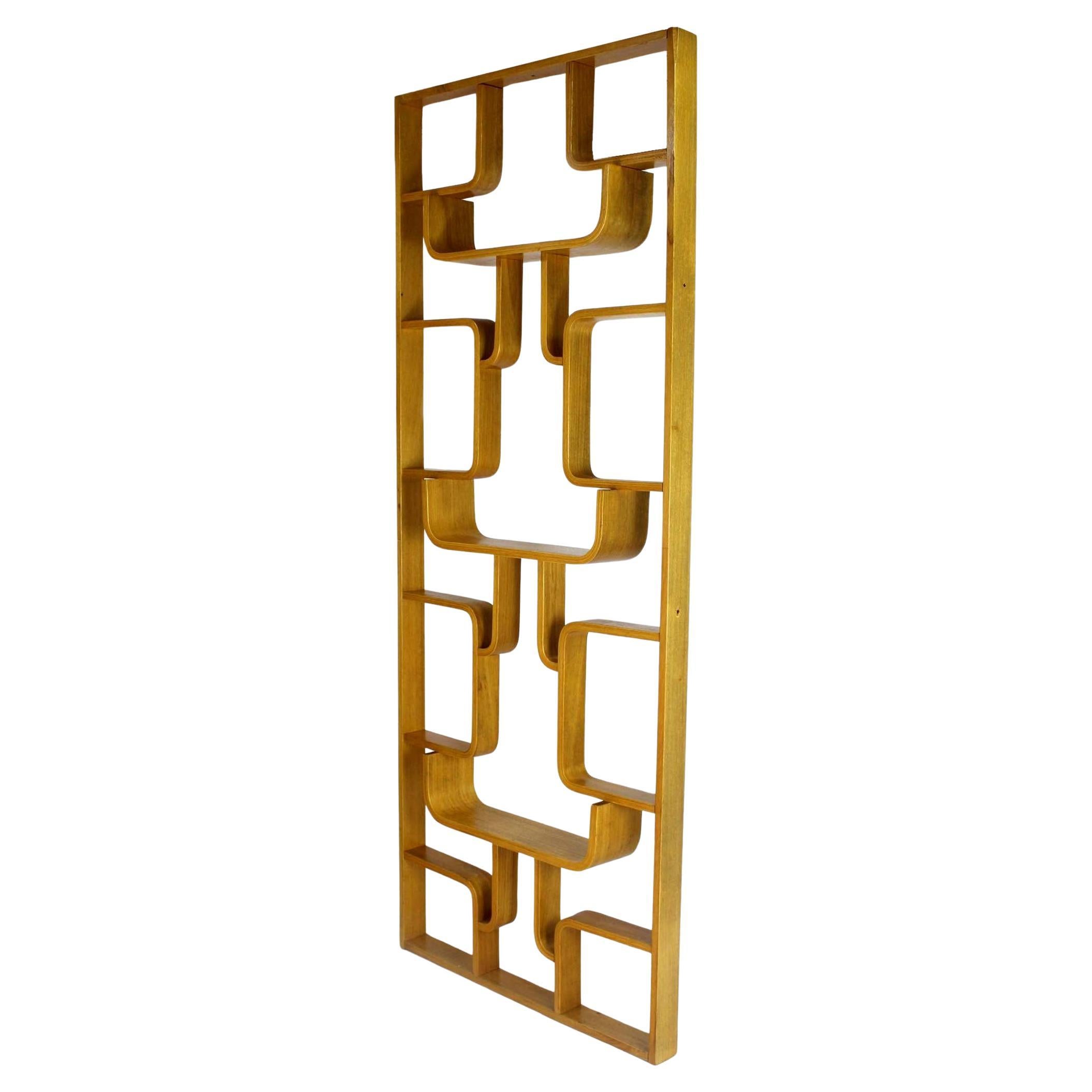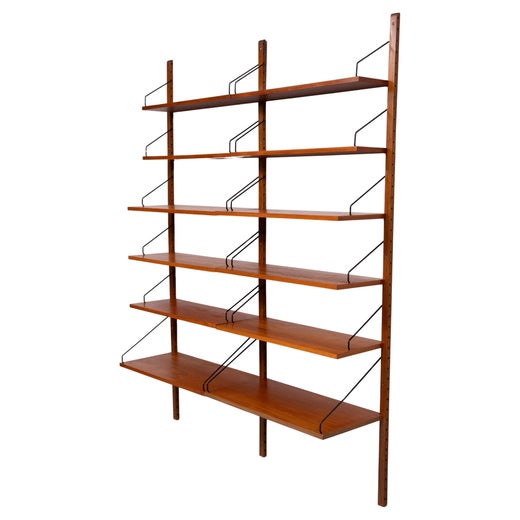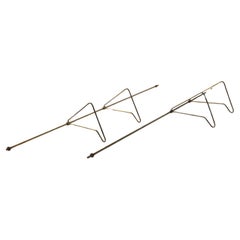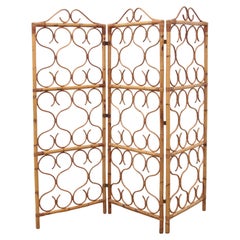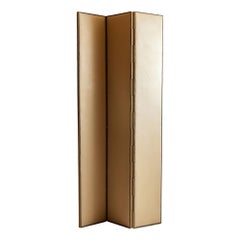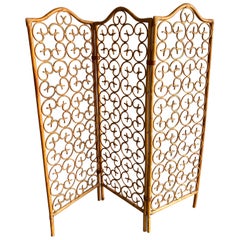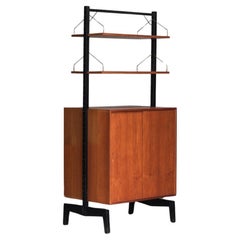
Room divider by Poul Cadovius, Denmark, 1960’s
View Similar Items
Room divider by Poul Cadovius, Denmark, 1960’s
About the Item
- Creator:Poul Cadovius (Designer)
- Dimensions:Height: 74.81 in (190 cm)Width: 33.08 in (84 cm)Depth: 23.63 in (60 cm)
- Style:Mid-Century Modern (In the Style Of)
- Materials and Techniques:
- Place of Origin:
- Period:
- Date of Manufacture:Circa 1960
- Condition:Wear consistent with age and use.
- Seller Location:Antwerpen, BE
- Reference Number:1stDibs: LU7893239099222
Poul Cadovius
While Poul Cadovius is most famous for his modular floating shelving system, his career in design didn’t actually start with wall units.
Born just outside of Copenhagen in 1911, Cadovius began manufacturing window treatments in the 1940s with his partner, Hother Brønner. He soon turned his focus from Venetian blinds to furniture, finding success designing svelte pieces in teak, a richly colored hardwood favored by the Danish mid-century modernists.
In 1945, Cadovius founded the furniture manufacturer Royal System with his designs, including the 1948 Royal System shelving unit, a space-saving solution that underscored Cadovius’s penchant for problem-solving in a multifunctional way. Rather than balance shelves on wooden or metal legs, it held them to the wall with brackets.
Cadovius followed the Royal System shelving unit with the System Ultra in 1957, the System Cado in 1960 and the System Abstracta, which was installed throughout the exhibition halls of the 1962 Cologne Furniture Fair. All expanded on his idea of wall-mounted shelving that saved space while offering functionality, allowing for limitless combinations of storage, shelves, work surfaces and other units. The Royal System proved to be especially popular and is still produced by Danish furniture brand dk3 today, with early models continuing to be in demand.
Along with the shelving systems, Cadovius designed everything from lounge chairs to mushroom-shaped bus shelters, and he held over 400 patents. In addition to being a designer, he was also an entrepreneur with an eye for opportunity, such as purchasing Danish manufacturer France & Søn in the mid-1960s and folded it into Cado, a company he founded years earlier. He used this as an occasion to experiment with his designs, conceiving such unusual pieces as an aluminum-based dining table topped with rosewood and hand-painted by artist Susan Fjedldoe Mygge.
Cadovius’s innovations in shelving continued throughout his career, with examples like the sculptural Butterfly shelf and vertical pieces mixing shelving and storage. In 2018, to celebrate the 70th anniversary of the Royal System, dk3 reissued the celebrated shelving system as well as a more compact version reimagined for 21st-century homes.
Find a collection of vintage Poul Cadovius storage cabinets, seating and other furniture on 1stDibs.
You May Also Like
Vintage 1960s Danish Mid-Century Modern Bookends
Brass
Vintage 1960s Italian Bohemian Screens and Room Dividers
Bamboo
21st Century and Contemporary Screens and Room Dividers
Leather
Vintage 1960s French Screens and Room Dividers
Bamboo
Vintage 1960s Brazilian Screens and Room Dividers
Jacaranda
Vintage 1960s Swedish Mid-Century Modern Screens and Room Dividers
Wrought Iron
